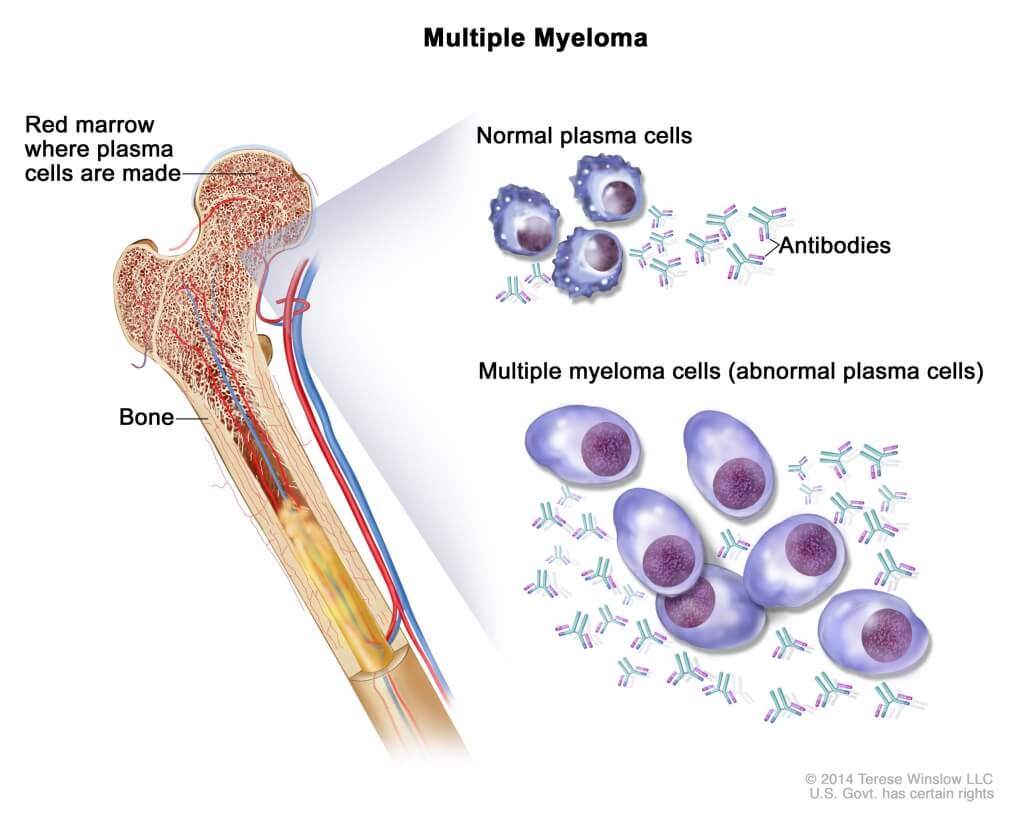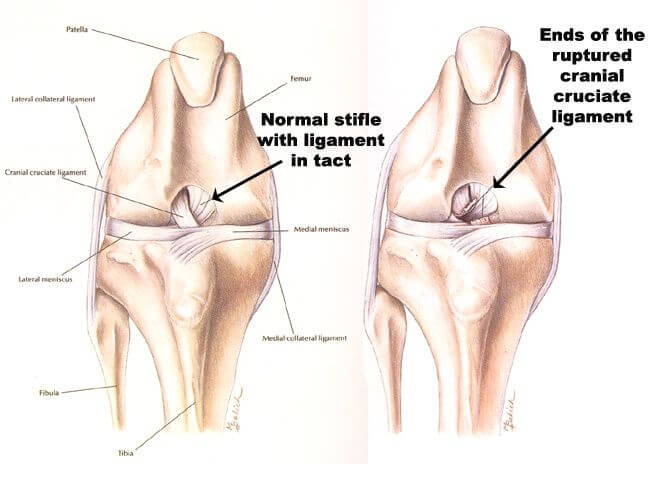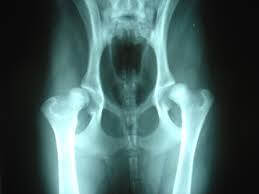No time like the present to educate yourself on the unspoken risks of spay/neuter. Please take a few moments to read about this important topic, full article at https://www.dogsfirst.ie/health-issues/dog-neutering/ As discussed with our future Moonlight puppy owners, Vizslas need to remain intact until at least 24 months old.
The Scientifically Proven Negative Side Effects of Dog Neutering Before Puberty
Source: Dogfirst.com
The early neutering of dogs is not without it’s side effects or critics, and I’m certainly one of them. But please, before the heavily stressed and over-worked shelter staff post up about overpopulation problems (I spent a couple of years in them too), lets look at this issue with less emotion and more science.

1. Cancer
It is well documented in the literature that by removing the gonads in developing animals you certainly prevent the possible occurrence of gonadal cancers such as various forms of testicular, prostate and ovarian cysts and cancer. I think that goes that without saying. If you have no prostate you’re not going to get prostate cancer. I think we’re clear on that one.
But if ignore the fact that gonadal and mammary cancers are rare enough in the general dog population, dogs are known to recover very well from testicular cancer following diagnosis and castration, Furthermore while between 30-50% of mammary cancers are malignant in dogs and, when caught and surgically removed early the prognosis is very good in dogs (Brodey et al. 1983, Meuten 2002).
Also, while these possible cancers of your pet will be avoided, numerous studies show that removing the sex organs early in the developmental period of an animal causes cancer in your pet, just not in their testes or ovaries.
A study in the Journal of Veterinary Internal Medicine, compiled over 13 years found that “… neutering dogs appeared to increase the risk of cardiac tumour in both sexes”. The results showed that spayed females were five times more likely to suffer tumours of the heart than intact females (Ware and Hopper 1999), one of the three most common cancers in dogs today.
In another study spanning 14 years of research and involving 3062 purebred dogs with osteosarcoma compared to 3959 purebred dogs without osteosarcoma, it was concluded that sterilisation increased the risk for bone cancer in large breed purebreds twofold (Ru et al. 1998).
Upon further investigation using 683 male and female Rottweilers spayed or neutered before one year of age, both sexes were found to be significantly more likely to develop bone cancer than intact dogs with early sterilisation bestowing a staggering 25% likelihood of bone cancer in your Rottweiler (Cooley et al.2002).
In a study of 759 intact and neutered golden retrievers Torres de la Riva et al. (2013) and found significant issues associated in neutered dogs. Almost 10 percent of early-neutered males were diagnosed with lymphosarcoma, 3 times more than intact males.
It’s often stated that neutering a male dog will prevent prostate cancer but some authors refute this on the basis that “ non-testicular androgens exert a significant influence on the canine prostate”. The College of Veterinary Medicine at Michigan State University found “…castration at any age showed no sparing effect on the risk of development of prostate cancer in the dog“.
All these considered, it’s hard to argue the cancer benefits to neutering early or you end up playing the whole “I see your very slight chance of testicular cancer and raise you a certain increase in bone and heart tumours”.
2. Abnormal Bone Growth and Development
Testosterone and oestrogen play pivotal roles in the development of your muscles and bones. It stands to reason that if you remove testosterone and oestrogen from the vital and dramatic puberty growth phase there will be consequences to that individual’s height, muscle mass and bone formation of the individual, compared to an intact animal of the same size and breeding. Studies show this to be absolutely the case.
Early Neutered Animals Are Taller
A study by Stubbs and Bloomberg (1995) set out to answer the following theory: Oestrogen tells the growth plates to stop. Thus if you remove the oestrogen-producing organs in immature dogs, female and male, you could expect cause growth plates to remain open and the dog to grow longer bones. They divided dogs and cats into three groups. Group one was neutered at 7 wks, group two at 7 months, and group three remained unneutered. They found that “early spay/neuter may result in a slight increase in adult height”. The earlier the spay the taller the dog.
A study by Salmeri et al. in 1991 found that bitches spayed at 7 weeks grew significantly taller than those spayed at 7 months and that those spayed at 7 months had significantly delayed closure of the growth plates than those not spayed (or presumably spayed after the growth plates had closed).
A survey of 1444 1yr old Golden Retriever owners by the Golden Retriever Club of America Inc., found bitches and dogs spayed and neutered at less than a year of age were significantly taller than those spayed or neutered at more than a year of age.
While it stands to reason that being taller in itself is not an issue per se, in that it is assumed with the removal of the gonads closure of all of the physes will be delayed resulting in longer bones, it could also be assumed that this longer growth would be proportional across the joint. If this was the stand-alone orthopaedic concern in neutered dogs it may not concern us. It is when this extra growth is considered in relation to the increased risk of cruciate rupture and hip dysplasia, discussed below.

Increased Cruciate Rupture
Thus with no oestrogen to shut it down, these animals can continue to grow and wind up with abnormal growth patterns and bone structure. This results in irregular body proportions.
Grumbach (2000) quotes Chris Zink, DVM to explain the problem with neutering males and females early and cruciate rupture – “For example, if the femur has achieved its genetically determined normal length at 8 months when a dog gets spayed or neutered, but the tibia, which normally stops growing at 12 to 14 months of age continues to grow, then an abnormal angle may develop at the stifle. In addition, with the extra growth, the lower leg below the stifle likely becomes heavier (because it is longer), and may cause increased stresses on the cranial cruciate ligament.”
This is verified with a study by Slauterbeck et al. (2004) who found that spayed and neutered dogs had a significantly higher incidence of ACL rupture than their intact counterparts, regardless of breed or size.
In their study of 759 golden retrievers, Torres de la Riva et al. (2013) noted that while there were no cases of cranial cruciate ligament tear diagnosed in intact males or females, in early-neutered males and females the occurrences were 5 percent and 8 percent, respectively.

Increased Risk of Hip Dysplasia
A study by the Cornell University’s College of Veterinary Medicine and published in the Journal of the American Veterinary Medical Association showed that both male and female dogs sterilised at an early age were more prone to hip dysplasia.
In their study of 759 golden retrievers Torres de la Riva et al. (2013) noted that of early-neutered males, 10 percent were diagnosed with hip dysplasia, double the occurrence than in intact males.
In a study of 1,842 dogs Spain et al. (2004) found that dogs spayed or neutered before 5 1/2 months had a significantly higher incidence of hip dysplasia than those spayed or neutered after 5 1/2 months of age. However it would be remiss of me not to add at this point that the same authors went on to note that the authors noted that dogs neutered at the traditional age were three times more likely to be
euthanised for the condition as compared to the early age group, leading the authors to suggest that early age gonadectomy may be associated with a less severe form of hip dysplasia.
3. Longevity
Waters et al. (2009) found that neutering female Rottweilers before four years of age reduces life expectancy by 30%. Females that kept their ovaries the longest were nine times more likely to achieve exceptional longevity (13+ years).
The lead author of the study notes: Like women, female dogs in our study had a distinct survival advantage over males, but taking away ovaries during the first four years of life completely erased the female survival advantage. We found that female Rottweilers that kept their ovaries for at least six years were four times more likely to reach exceptional longevity (13yrs of age) compared to females who had the shortest lifetime ovary exposure.
4. Increased Risk of Hypothyroidism
When one hormone producing organ is removed, other organs will be forced to pick up the slack. This can over stress an organ which can suffer as a result. Both Panciera (1994) and Glickman et al. (1999) found spayed and neutered dogs to be more likely to develop hypothyroidism.

5. Increased Risk of Incontinence
Both Spain et al. (2004) and Stöcklin-Gautschi et al. (2001) found early neutering increases the risk of urinary incontinence by 4-20% in females. Interestingly Aaron et al. (1996) noted that neutering it is associated with an increased likelihood of urethral sphincter incontinence in males also.
6. Increased Risk of Disease
Very early neutering increases the risk of disease in dogs. A study of shelter dogs conducted by the College of Veterinary Medicine at Texas A&M University concluded that infectious diseases were more common in dogs that were sterilised at less than 24 weeks of age.
7. Behavioural Considerations
Spain et al. (2004) also noted an increase in undesirable sexual behaviours but also an increase in unsoundness, showing early age gonadectomy was associated with an increased incidence of noise phobias. I can personally testify to this from Guide Dogs. All our non-breeding training dogs were neutered at 6mths and sometimes there’d be five or six in a line humping each other.
More worryingly Spain et al. (2004) noted an increase in aggression towards family members, barking or growling at visitors, and excessive barking that bothered a household member in male dogs neutered before 5 and a half months.
But then again the same study found that dogs neutering dogs before 5 and a half months resulted in a decrease in escaping behaviour, separation anxiety, and urinating in the house when frightened!
Thus it’s hard to deduct anything concrete from this study. Perhaps as Spain et al. (2004) were using questionnaires, whereby lay people and vets were interpreting the data as opposed to trained behaviourists more could have been gleaned from this study.
In another study Hart (2001) found that in dogs affected with some form of cognitive impairment the “percentage of dogs that progressed from being mildly impaired (i.e., impairments in 1 behavioural category) at the time of the first interview to being severely impaired (ie, impairments in > 2 categories) at the time of the second interview was significantly higher for neutered than sexually intact male dogs.” In other words, mental issues could get worse in neutered dogs.